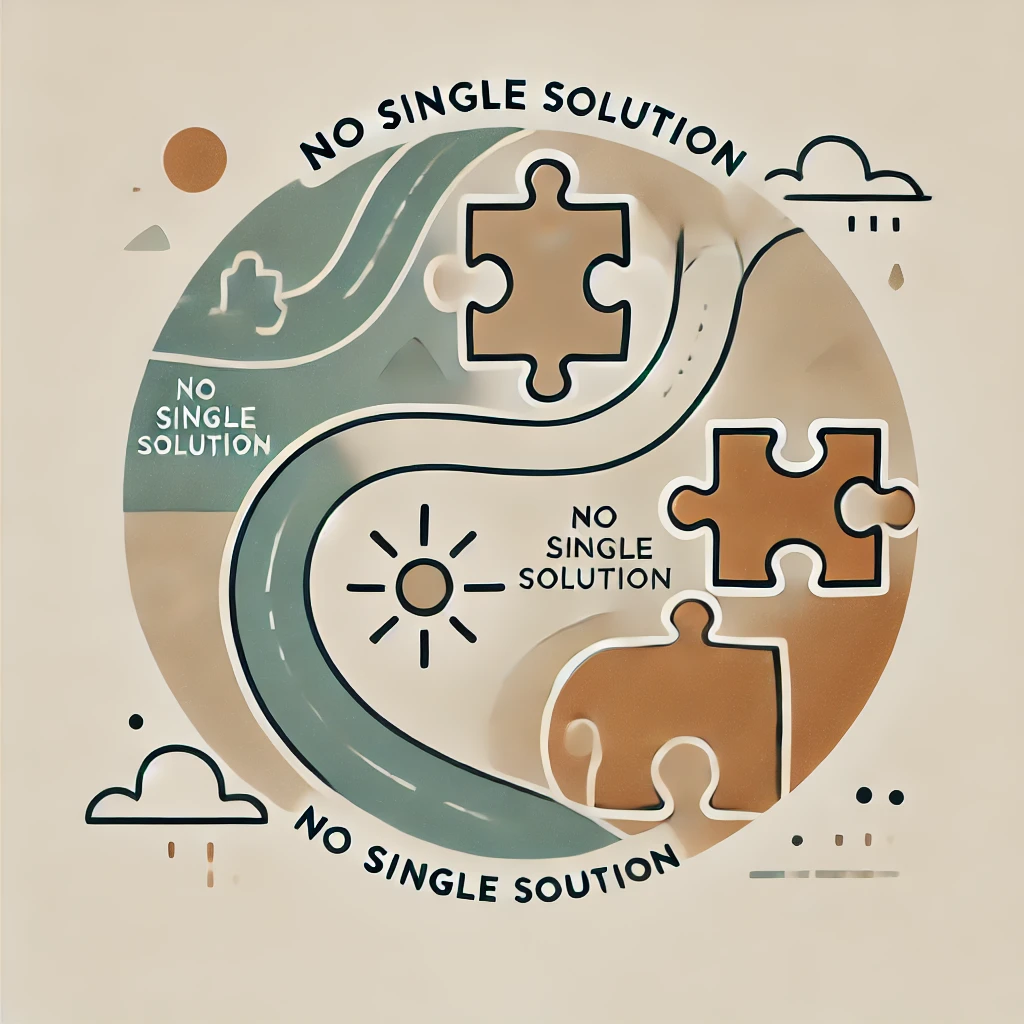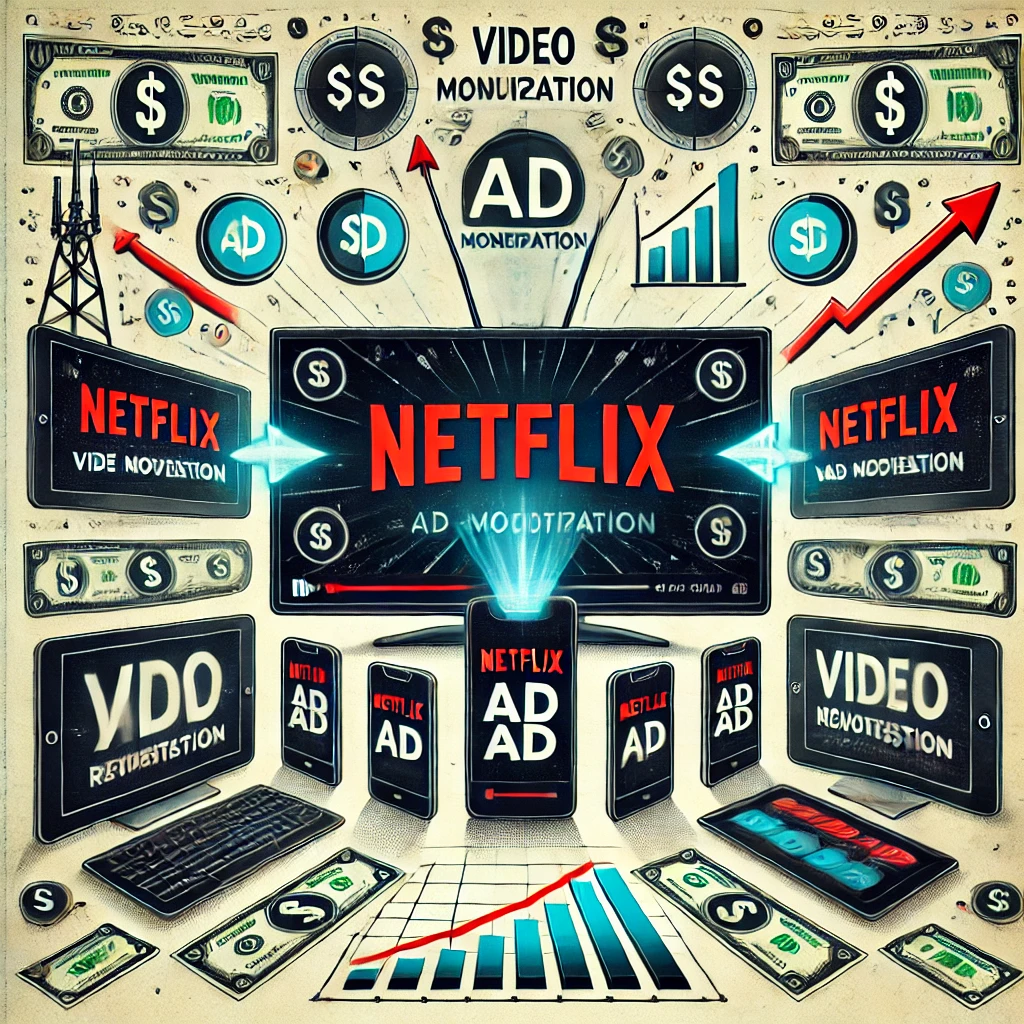How Successful Games Implement Reward Video Ads Effectively
Reward video ads have become a key monetization tool, allowing game developers to generate revenue from the 98% of players who might never make a purchase. These ads offer players incentives—like extra lives or in-game currency— in exchange for watching a short video. When done correctly, reward video ads not only drive revenue but can also improve player retention and engagement. However, the success of this strategy lies in carefully implementing ads that enhance rather than disrupt gameplay.
There are multiple ways to introduce video ads, including pre-rolls, forced ads, unforced ads, voluntary placements, and more. Each approach has pros and cons, and the effectiveness of each can vary depending on the game’s mechanics and audience. Below, we’ll examine how top match-3 games use reward video ads to boost revenue while keeping players happy.
Contents
The Impact of Reward Video Ads on Retention and Revenue
Studies show that well-implemented reward video ads can have a positive impact on player retention and overall ad revenue. To maximize the benefits, developers must identify the right moments within the game to offer these ads, whether that’s during certain levels, as power boosts, or after game-over screens. However, excessive video ads can harm the user experience and lead to player drop-off, so balance is key. Successful games achieve this balance by integrating ads seamlessly into gameplay and giving players control over their engagement.
Examples of Reward Video Ad Implementation in Popular Games
To understand effective reward video ad strategies, let’s look at how some of the most popular match-3 games have implemented this monetization model.
1. Candy Crush Saga
Candy Crush Saga by King is one of the most popular match-3 games of all time. The game has perfected the art of integrating reward video ads without overwhelming players, using a strategy that both retains players and generates revenue.
How Candy Crush Uses Reward Video Ads:
- In-Game Life Replenishment: When players run out of lives, they have the option to watch a video ad to earn a new life and continue playing. This placement aligns perfectly with gameplay, as players are more likely to watch ads to keep playing without interruption.
- Clear Communication: Candy Crush clearly communicates that watching ads is optional, allowing players to feel in control. Players know they can opt-in or opt-out of ads, which increases satisfaction and reduces ad fatigue.
- Direct Impact on Gameplay: Watching ads directly impacts gameplay, which makes them feel integrated and immersive rather than disruptive.
This approach gives players an incentive to engage with ads at moments that feel natural, helping King drive high retention and revenue without frustrating its players.
2. Wedding Escape
Wedding Escape is another match-3 game that introduces a unique twist with humorous gameplay elements. The developers take a slightly different approach to reward video ads, focusing on giving players the option to multiply rewards.
How Wedding Escape Uses Reward Video Ads:
- Reward Multipliers: Players can watch ads to double their rewards, usually in the form of in-game currency. This currency can be used to buy additional lives, extra moves, or power-ups that help players advance through the game.
- Control Over Rewards: By giving players the option to increase their rewards, Wedding Escape gives them a greater sense of control over their in-game progress. Players can choose to watch ads if they want to enhance their experience or skip them if they prefer.
This model works well because players feel that they are in charge of their rewards, making them more likely to engage with ads. The ad placements don’t interrupt gameplay flow but rather enhance it by giving players more choices.
3. Bejeweled
Bejeweled is another popular match-3 game with multiple game modes. The developers have successfully integrated reward video ads in a way that complements the game’s variety of modes and rewards.
How Bejeweled Uses Reward Video Ads:
- Mode-Specific Rewards: In certain game modes, players can watch ads to continue playing if they’ve used up all their moves. In other modes, they can watch ads to double their rewards. Each game mode has a specific set of ad placements and rewards that cater to the mode’s unique gameplay mechanics.
- Combination of Ad Models: By combining different ad placement strategies, Bejeweled allows players to engage with ads in different ways. Some ads help players progress, while others provide bonus rewards.
This varied approach keeps players engaged without overwhelming them with ads, as each ad placement is designed to fit naturally within the specific game mode.
Key Takeaways for Implementing Reward Video Ads
These three games—Candy Crush Saga, Wedding Escape, and Bejeweled—illustrate different strategies for integrating reward video ads successfully. Here are some essential takeaways for developers looking to incorporate ads effectively:
- Test Different Insertion Points
Identify multiple potential ad insertion points, like start-of-play, game-over screens, or after achievements. Test these placements to see which ones drive the most engagement and yield the best revenue without disrupting the gameplay experience. - Ensure Ads Complement Gameplay
Ads should fit naturally into gameplay, enhancing rather than interrupting the experience. When players see ads as helpful rather than intrusive, they’re more likely to engage. - Give Players Control Over Ads
Offering players the option to watch ads (voluntary placement) allows them to feel in control. Forced ads can drive revenue but may frustrate users if overused. Balancing voluntary ad placements helps maintain player satisfaction. - Communicate Clearly
Let players know they can opt in or out of watching ads. When ads are clearly optional and come with valuable rewards, players are more likely to engage with them willingly. - Balance Monetization with Player Retention
Too many ads can hurt player retention, but too few can limit revenue potential. Track player engagement and retention data to strike the right balance. Remember, successful monetization is a balancing act between player satisfaction and revenue generation. - Continuously Optimize Through Testing
Implementing reward video ads is not a one-time setup. Testing different placements, reward values, and ad frequencies allows developers to optimize the ad strategy over time. By iterating based on player feedback and data, developers can continually improve the experience and maximize revenue.
Striking the Balance: Ads That Support Rather Than Dominate Gameplay
The ultimate goal is to integrate ads in a way that they complement, rather than dominate, the game experience. When players feel that ads are beneficial and that they have a choice, they’re more likely to watch voluntarily, leading to higher completion rates and better revenue. Ads should support the game, not turn it into a marketing tool.
A well-balanced approach is key. Too many ads risk driving players away, while too few miss out on valuable revenue opportunities. Successful games like Candy Crush, Wedding Escape, and Bejeweled show that effective reward video ad integration is possible with thoughtful planning and testing.
Final Thoughts: Reward Video Ads as a Strategic Monetization Tool
Reward video ads have proven to be a powerful way to monetize games while offering value to players. With the right balance, these ads can boost revenue without compromising the player experience. By testing various placement models, giving players control, and making ads feel like a natural part of gameplay, developers can maximize the benefits of reward video ads.
Ultimately, monetization is a balancing act. By carefully implementing and optimizing reward video ads, developers can create a win-win for both revenue growth and player satisfaction.
About AppLixir:
AppLixir specializes in reward video ads for web, mobile web, and mobile apps, helping developers maximize revenue with player-friendly ad placements. For more information, visit AppLixir.com.



